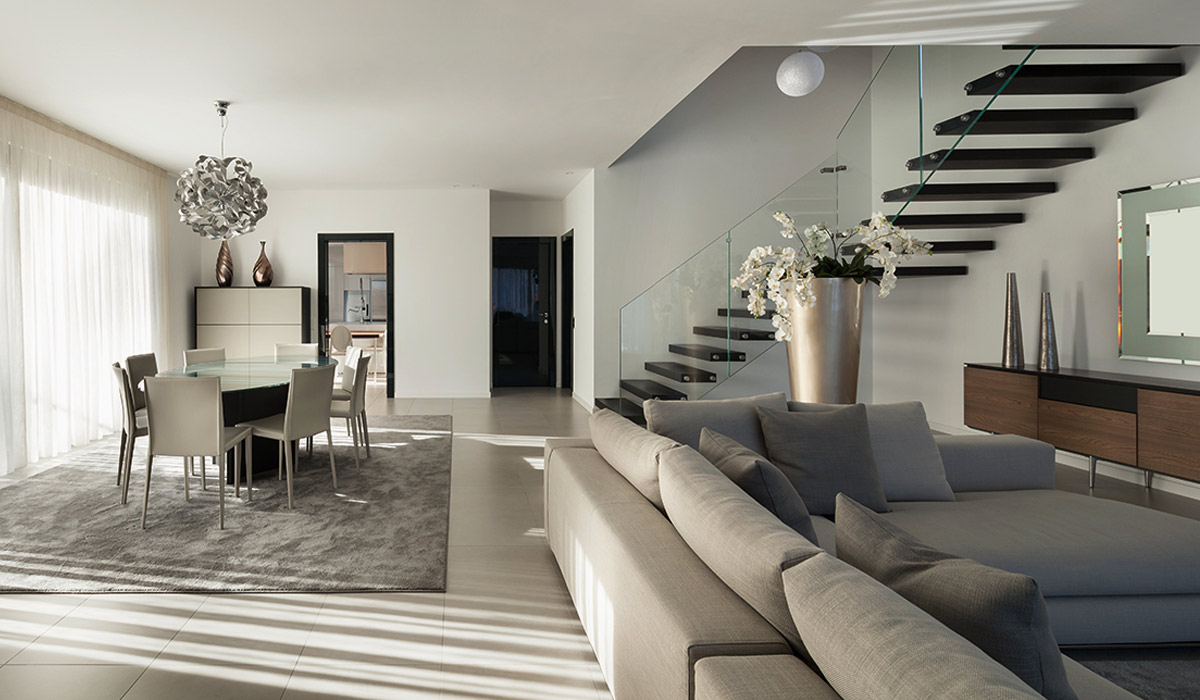New siding and insulation sound like good ideas for your home, but should these two things really go together? In a world where building materials continue to evolve and improve, hybrid items can be confusing. Fortunately, there is quality information available to help you understand how and where to use these materials. Here are some of the points to remember when remodeling with insulated siding.
What is insulated siding?
Insulated siding is a way to combine the properties of vinyl siding with the temperature benefits of insulation. While vinyl siding is highly popular in the United States, lauded for its large color selection, low-maintenance features, and high-moisture resistance. One drawback of this product, however, is that vinyl siding is very thin and prone to breakage. Insulated siding adds rigid polystyrene insulation to traditional vinyl combining the best of both worlds. The insulation permanently adheres. and contoured to the vinyl.
Benefits of Insulation
Insulation helps keep heat inside during cold climates and protects against heat and sun to cut cooling costs in warmer areas. Insulation can help to significantly cut down on your heating and cooling bills. The walls of your home make up a significant part of your surface area protecting the inside from the elements, so adding additional insulation is a smart choice. In fact, the Department of Energy actually recommends adding new insulation during siding installation.
Insulated siding can be added to new builds as well as home renovations. Older homes may have thinner walls that limit the amount of insulation that can be added between wall studs, so siding installation can provide an added benefit by using this hybrid siding during a remodel. Think of Craftsman and smaller cottages from the 1900’s through the 1940s, or even more sparse and modern builds from the ’60s and ’70s too.
Damage Proofing
Energy savings are only the beginning. As mentioned, vinyl siding can be brittle and prone to breakage. You may chip your siding by tipping over a trash can near the back door or crack a panel tossing a baseball in the yard. Hail damage and vinyl siding typically do not mix, with many people in hail-prone areas being unable to fully utilize this otherwise durable material. The polystyrene backing adds both strength and flexibility to the product. Think of the foam backing as a shock absorber, as it increases the ability of the siding to absorb impacts without a fracture.
Antimildew and Antipest
Insulated vinyl siding also has the added benefit of being anti-mildew and antipest. Evidence has shown that breathable insulation covering actually helps prevent mildew from forming on a house and siding. You’ll also gain additional protection from damaging pests like termites, as the foam comes treated with insecticide. These properties can contribute significantly to the longevity of your siding installation.
Drawbacks
As with many products, added features can mean added price. The cost of creating insulated vinyl siding requires manufacturers to take an extra step, a cost that is often passed on to the consumer. You may also encounter some additional installation costs, as the thicker siding panels may require more skill and planning to install than traditional vinyl. While it’s true that your upfront costs may be higher, it’s best to consider your long-term costs on significant home renovations. Plan your budget based on the 20-50 year term you want to live in your home, or for the resale incentive your siding choice will add. Don’t forget to add utility savings and maintenance costs to your budget.
Insulated siding is a modern innovation that increases the usefulness and durability of modern vinyl siding. Check with a local professional in your area to find out if insulated siding is right for you.
